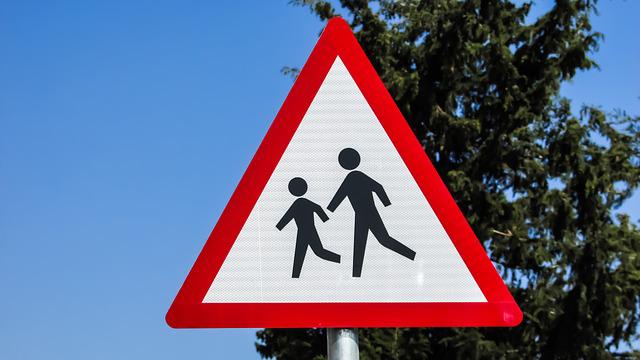After the horrific Sandy Hook school shooting in 2012, schools searched desperately for new ways to maintain safety. There have been more than 948 school shootings in the U.S. since Sandy Hook. Since in-person schooling resumed after the pandemic, school shootings and violent incidents have returned to pre-COVID frequency. In some instances, the number of violent incidents has even increased. Administrators are still faced with frightened families and questions of how to protect their students. The answer? Preparation and planning. Here’s what important for administrators to consider with school safety plans.
On-Site Police Officers
Many schools have on-site police officers who provide a safe atmosphere. On-site officers can also develop positive relationships with students. School Resource Officers, or SROs, increase overall safety and decrease absenteeism. They also enhance a student’s individual sense of safety and increase their respect for police. The National Association of School Resource Officers offers in-depth school policy training for school staff.
Schools Should Not Rely Only on Police in School Safety Plans
Police are essential in a defense system for schools. They are trained and able to subdue an attacker and prevent further deaths. Police are essential, yet to rely only on police can be dangerous. This tragic fact became clear in the 2022 shooting in Uvalde. Therefore, it’s essential for schools to use preventative measures as well. For instance, computer monitoring programs like LearnSafe alert SROs and administrators of threats. This allows them to intervene before the situation escalates.
Schools Should Consider Preventative Training in School Safety Plans
Training teachers and administrators bolsters school safety. Students and staff who aren’t trained in appropriate safety tasks can hinder police and create a more deadly situation. Police can create and teach safety plans that benefit both schools and officers. Training can include violence prevention as well as possible weapons training. Although weapons training for teachers is a controversial subject, it has been promoted within school safety policies. Some schools also teach students how to barricade a classroom effectively.
Medical Training
Students and teachers should be educated about emergency medical training. A gunshot victim can bleed out within five minutes. Campaigns such as Stop the Bleed provide school programs discussing the importance of stopping someone from bleeding out. Stop the Bleed programs are often free and last 90 minutes. They also offer online training for staff. Not only do they focus on bleeding, but they offer valuable medical resources as well.
Drill Training
Active shooter drills can teach students what to do in a dangerous situation. Police explain that the “Run Hide Fight” rule is the best way to educate students. Although drills may seem frightening, it can be a lifesaving factor for the students. According to Government Technology, drills that are explained and presented to students in a safe space can prepare them more than any other tactic. It is crucial for staff to participate and explain things such as barricading and staying quiet.
Police officers and school administrators have a responsibility to stay informed and educate staff and students. Training and preparation can increase the overall safety of the entire school. They can work together to cover all the bases and help students feel safe in a frightening and unsafe world.


